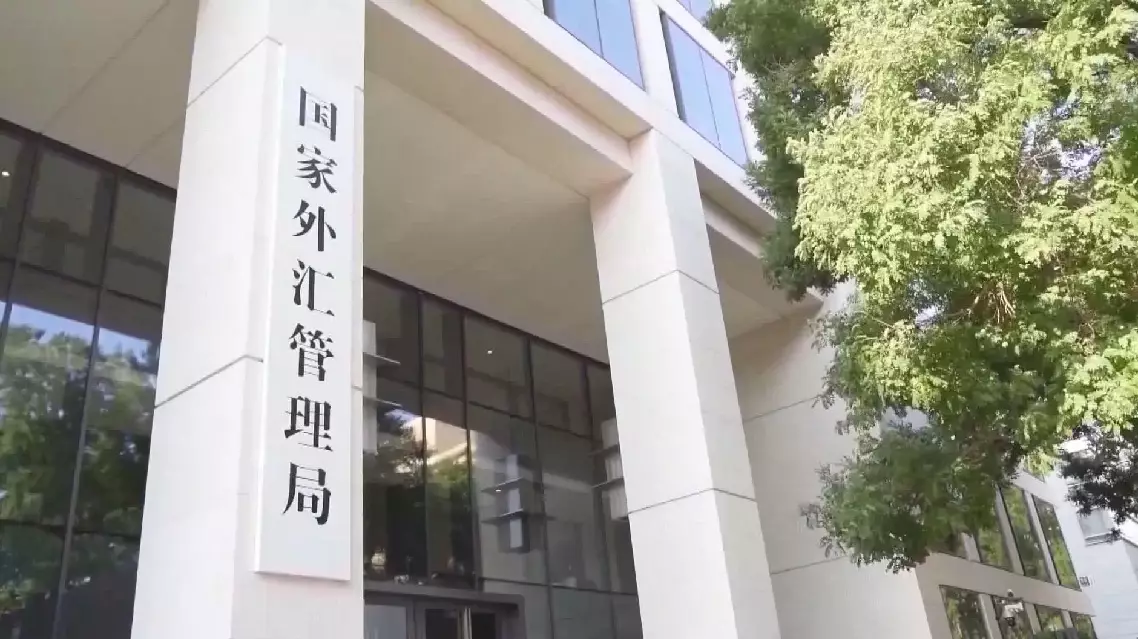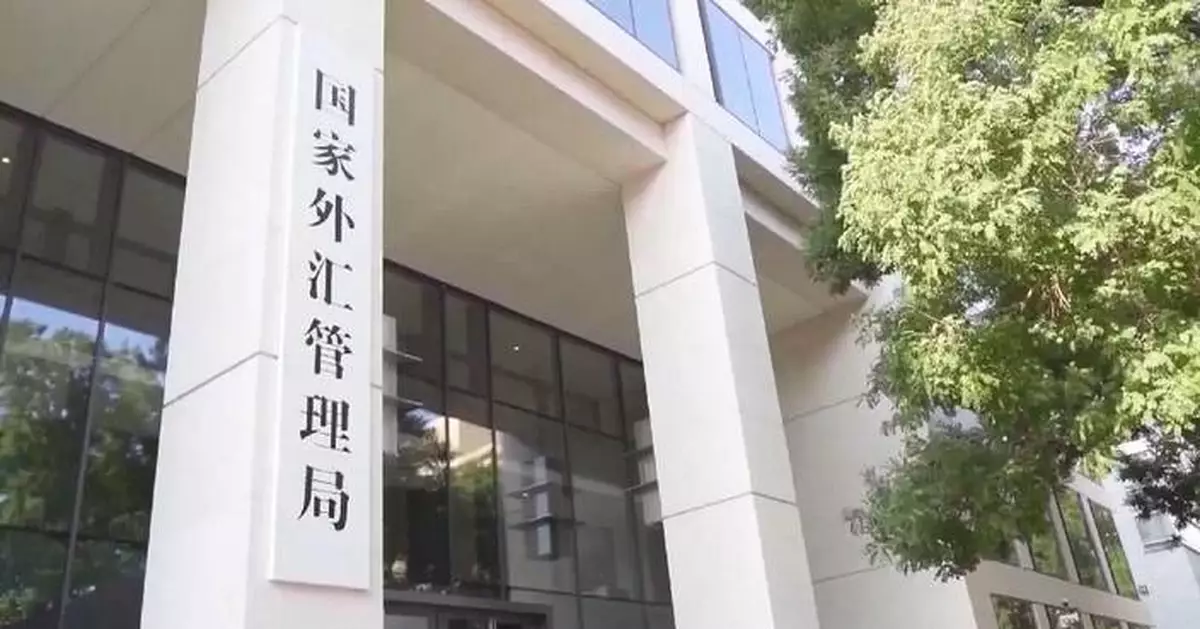China's foreign exchange market has remained relatively stable this year despite heightened global financial volatility, a senior official said on Tuesday, citing official data.
Li Bin, deputy director and spokesperson of the State Administration of Foreign Exchange (SAFE), said the renminbi (RMB) exchange rate has experienced two-way fluctuations in line with market dynamics.
As of Monday, the onshore RMB spot exchange rate against the U.S. dollar stood at 7.288, appreciating by 0.1 percent from the end of 2024. The two-way fluctuation of the RMB exchange rate is a normal market movement, which also reflects the support provided by underlying economic fundamentals, he said.
In terms of foreign exchange transactions, Li noted that cross-border capital flows continued to show a net inflow.
In the first quarter of 2025, China's non-bank sectors—including enterprises and individuals—recorded a net capital inflow of 51.7 billion U.S. dollars, a level SAFE described as relatively high compared to recent years. The trend extended into April, with commercial banks reporting a modest surplus in foreign exchange settlements.
Trade in goods also played a major role in bolstering capital inflows. The country's net inflow of cross-border capital from the trade of goods totaled 206.3 billion U.S. dollars, representing a 120 percent year-on-year increase.
Foreign investors also ramped up their holdings of domestic bonds, with net purchases totaling 26.9 billion U.S. dollars in February and March — an 84 percent increase from the same period last year. The trend persisted in April, with net inflows reaching 33.2 billion U.S. dollars between April 1 and 18.
Looking ahead, Li said that while external uncertainties remain, China's proactive macroeconomic policies will continue to underpin the country's economic resilience and provide a solid foundation for the stability of the foreign exchange market.

China's FX market remains stable amid global volatility: official



















































